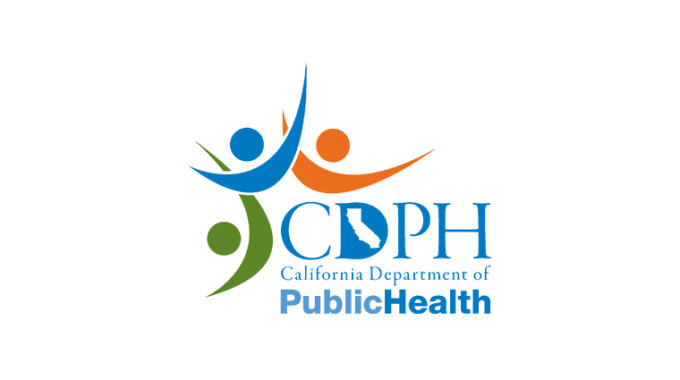On December 5, 2025, the Dental Board of California (DBC) issued an important Fraud Alert…
Sterilization Monitoring in Dental Offices
Sterilization Monitoring
Regular sterilizer monitoring in a dental office, when properly implemented, is an important part of infection control verification, and includes a combination of process parameters to evaluate the sterilizing conditions and the sterilizer’s effectiveness. Biological monitoring is the standard for assuring proper sterilization of dental instruments.
Both the Centers for Disease Control and Prevention (CDC) and the American Dental Association recommend, and most state dental boards require, that dental offices verify the proper functioning of the sterilization cycle at least weekly using a biological indicator, such as the OSHA Review’s Spore Check System from OSHA Review, Inc. When spores are killed during a sterilization cycle, it is assumed that all microorganisms have been destroyed and sterilization is achieved. Records retention requirements of spore test results vary by state; check with your state dental board for more information.
What is biological monitoring?
Also referred to as spore testing, biological monitoring consists of using biological indicators impregnated with highly resistant, nonpathogenic bacterial spores to test a sterilizer’s function. Specific spores, Geobacillus stearothermophilus for steam/chemical sterilizers and Bacillus atrophaeus for dry heat sterilizers, are inoculated onto strips of specialized filter paper that is packaged in a peel-open, glassine paper pouch. Glassine paper is permeable to sterilant but resistant to moisture and air at ambient temperature/pressure. It allows the laboratory to transport the strip within the glassine from the sterilizer to a laminar flow hood, where it can be properly handled. Lot number and expiration date are printed on each glassine.
How should we conduct the spore testing?
The glassine-bound spore strips should be placed according to the sterilizer manufacturer’s instructions. If there are no instructions, place the spore test strip within a wrapped set of instruments in the most difficult area to be sterilized, which is normally the lower front area of the sterilizer. It is good practice to place the strips in a different location of the sterilizer each week to help identify any “cold spots” within the sterilizer.
All staff members who operate the sterilizer should receive training about proper sterilizer operation procedures and instrument processing techniques in the office. Additionally, general sterilizer maintenance consisting of regular cleaning and checking of door gaskets, vents, and internal and external surfaces of the sterilizer should be conducted in accordance with the sterilizer manufacturer’s instructions.
Are process parameters, such as chemical and physical indicators, useful?
Chemical indicators can help assess physical conditions and identify procedural errors. These are recommended to be included in each load. Both external and internal indicators can be used. External indicators that change color when a specific parameter is reached should be applied on the outside of the sterilization packages. Internal chemical indicators should be placed inside each package next to the instruments to ensure that the sterilizing agent reaches the inside of the package. Chemical indicators designate that a package has been placed through a sterilization cycle. However, they do not, prove that sterilization has occurred.
Physical Parameters including cycle time, temperature, and pressure—which are evaluated by checking the gauges and displays on the sterilizer—should also be checked. Correct readings don’t verify sterilization, but incorrect readings can help identify a problem with the sterilization cycle.
What if we receive a positive test?
Common factors for improper sterilization include chamber overload, excessive packaging material, inadequate exposure time, incorrect temperature/pressure settings, failure to preheat the sterilizer (if indicated), interruption of the cycle, and expired chemical solution (chemiclaves only).

If a process indicator turns positive, then retest with the process indicator immediately. Ensure that the process indicator has not expired and that the testing protocol has been met. Also check the sterilizer for any obvious inconsistencies.
If you receive a positive spore test, contact your biological monitoring service immediately for assistance. Generally, a single positive spore test probably does not indicate sterilizer malfunction, especially if the process indicators demonstrate sterilizer effectiveness.
In Conclusion
Understanding and correctly implementing the factors that lead to successful sterilization contributes significantly toward an overall effective dental infection control program.
OSHA Review, Inc. provides sterilizer monitoring services in all 50 states through OSHA Review’s Spore Check System. The Spore Check System is endorsed by the Arizona, Ohio and Texas Dental Association.



